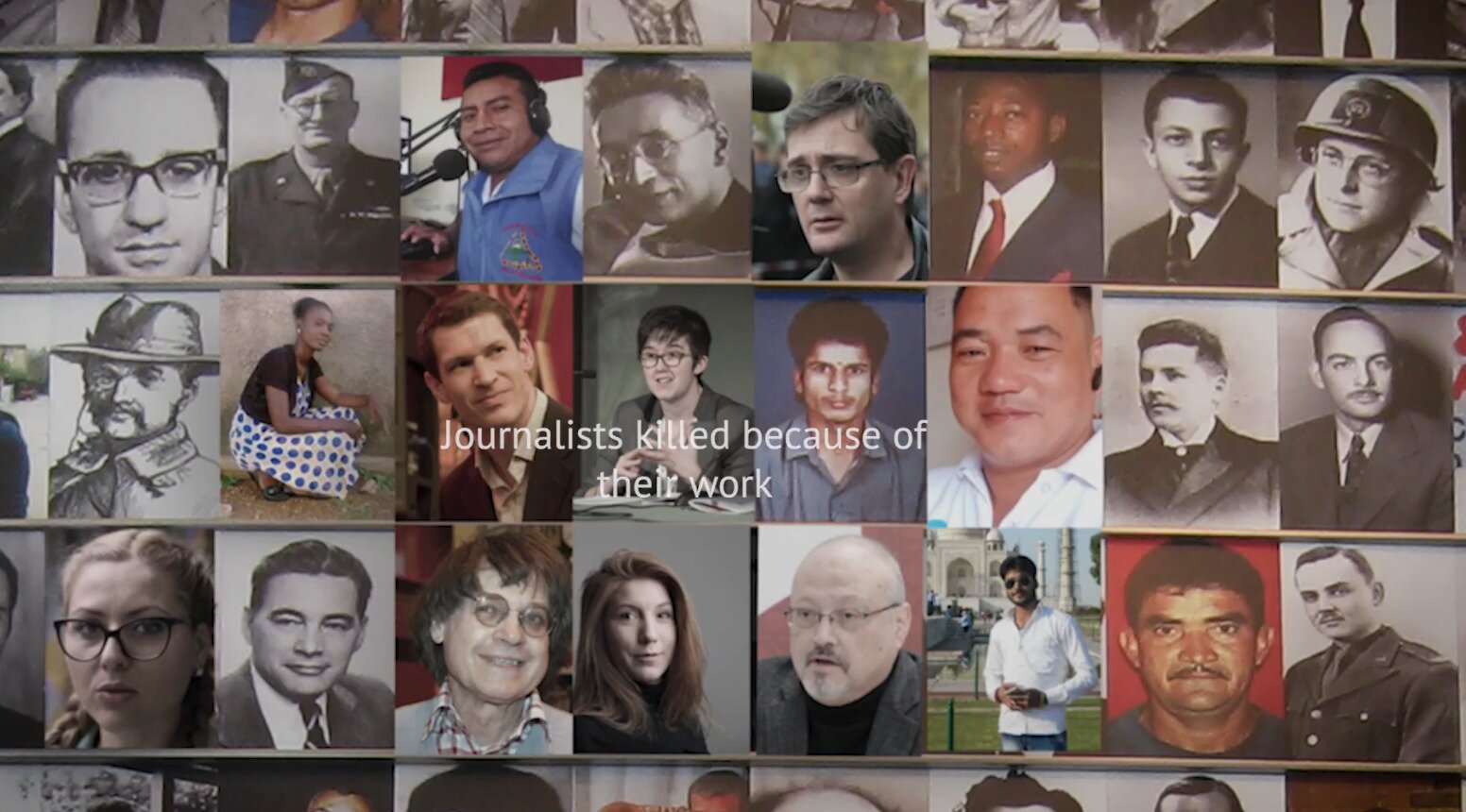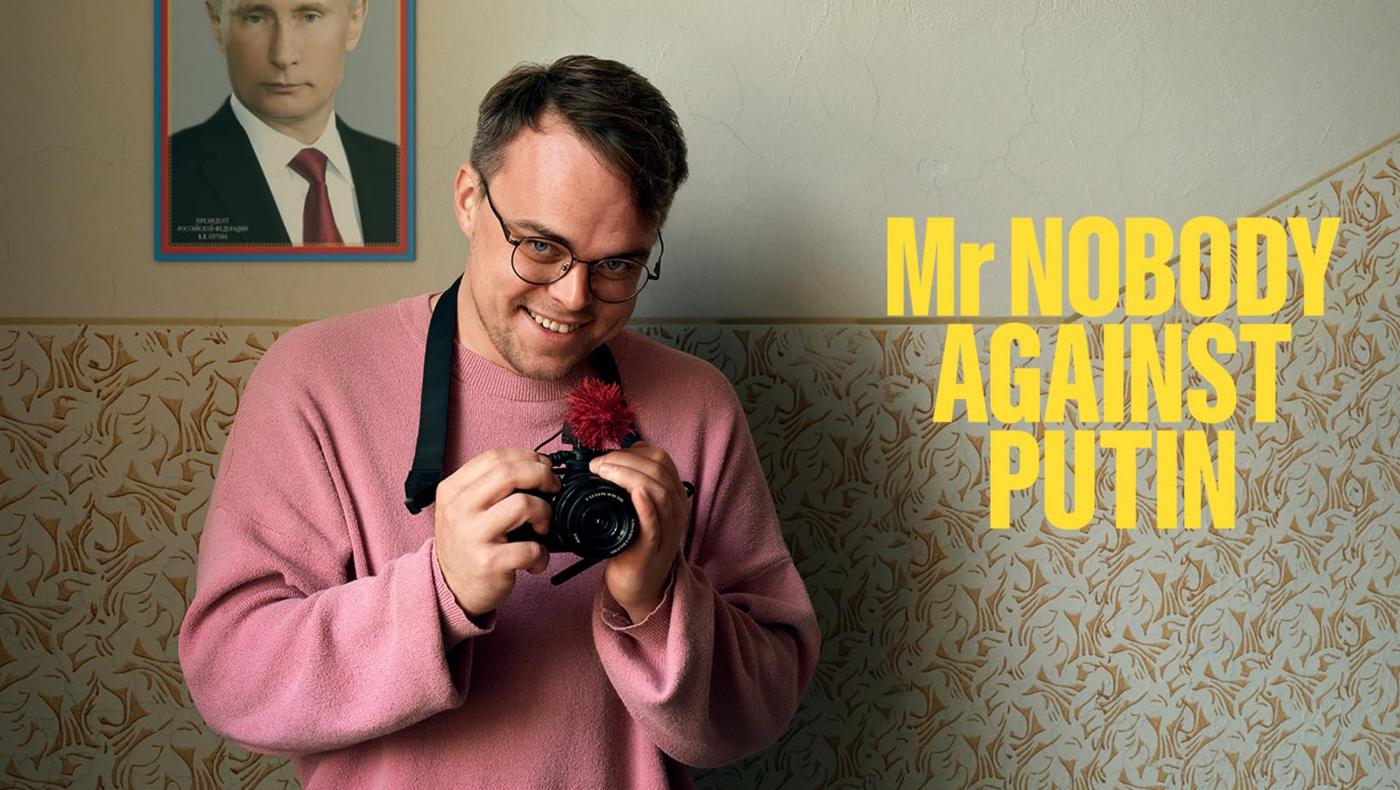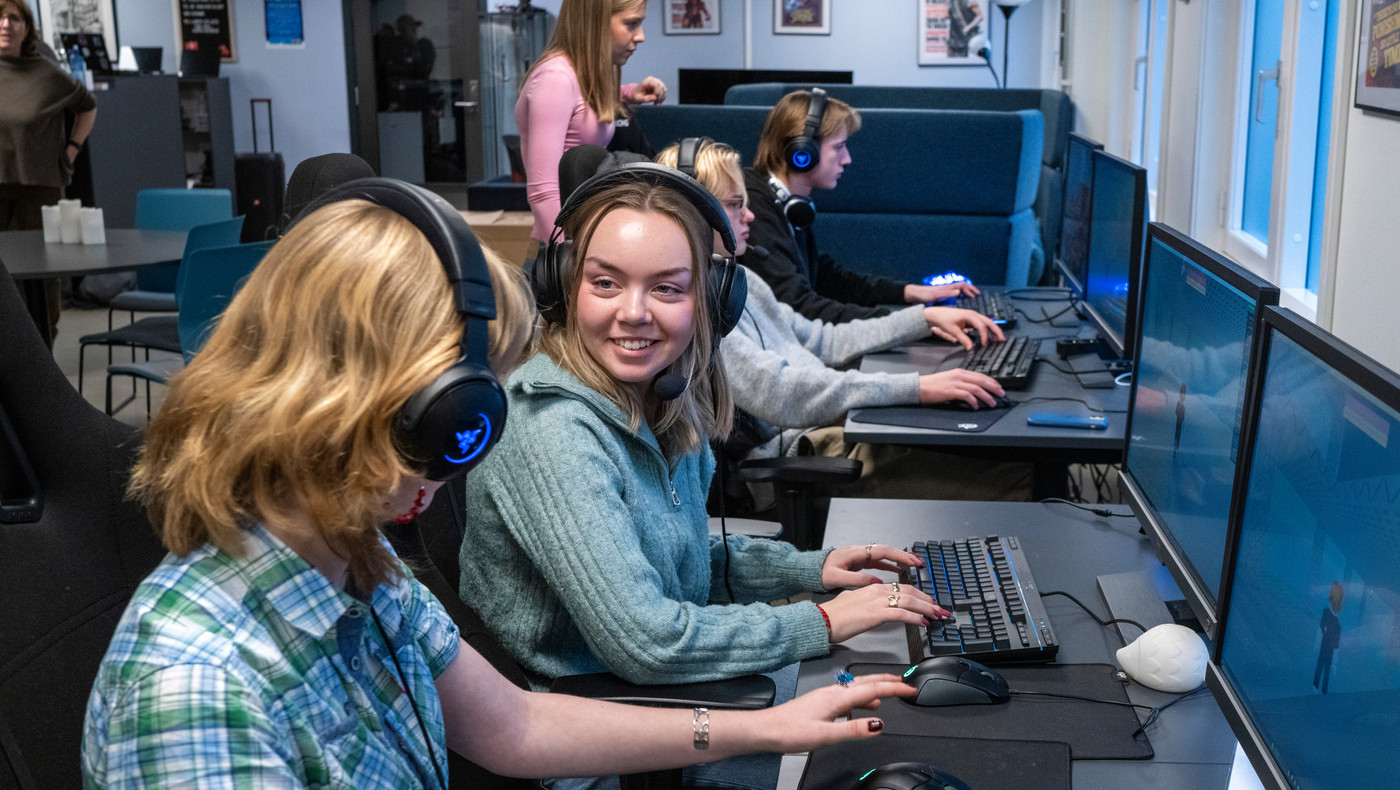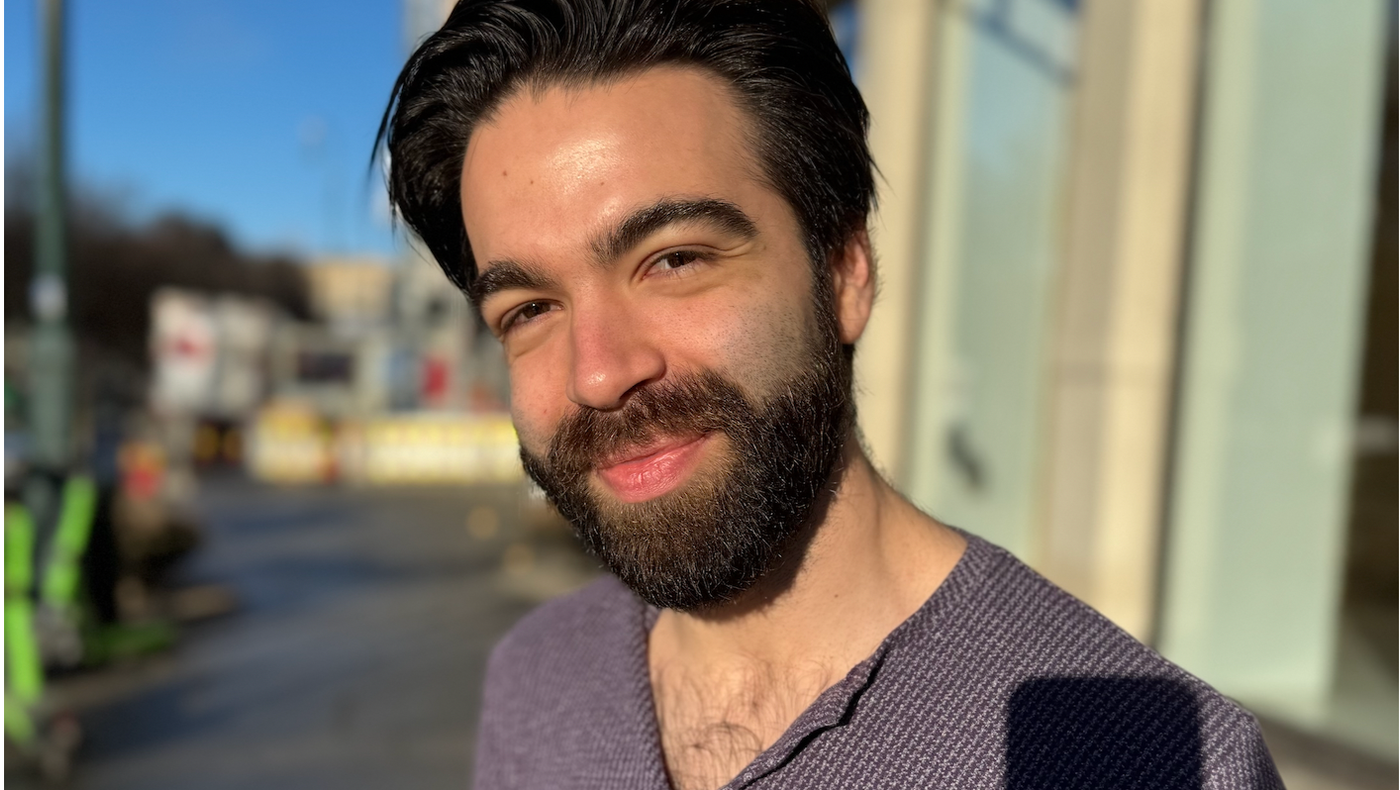Den internasjonale dagen for bekjempelse av straffefrihet for overgrep mot journalister
I dag, 2. november, markeres den internasjonale dagen for bekjempelse av straffefrihet for overgrep mot journalister.
1000 journalister er drept på ti år. Ni av ti av disse drapene blir aldri oppklart. Straffefrihet for slike forbrytelser er en viktig trussel mot ytringsfriheten i et globalt perspektiv.
Konferansen Safety of journalists – Risks, Resistance, Resilience
Gjennom flere år har OsloMet arrangert konferanser som tar opp ulike aspekt av sikkerhet for journalister. Forskergruppen Medier, krig og konflikt (MEKK) arrangerer fra 2. november til 4. november 2020 en konferanse for journalister, forskere og organisasjoner som arbeider med journalistikk der sikkerhet er en utfordring.
Konferansen kombinerer forelesninger og paneldiskusjoner i plenum med parallelsesjoner om praktiske forholdsregler for å styrke journalisters sikkerhet.
Stiftelsen Fritt Ord har støttet konferansen med kr. 100 000.
Lenke til konferansen nettside.
Program:
November 2nd
1445 – 1500: Opening
Welcome from OsloMet University
Professor Kristin Skare Orgeret & Roy Krøvel, heads of the Research group Media War & Conflikt (MEKK) & Ingrid Fadnes, journalist and member of MEKK
Nathalie Hyde-Clarke, Head of department of Journalism and Media Studies at OsloMet
1500 – 1615 WORKSHOP: DIGITAL & PHYSICAL THREATS
The Blended Threat Model: Our adversaries don’t distinguish between digital and physical threats, why should we?
With Neena Kapur, Security Intelligence Manager New York Times & Donna Carrera, Threat Analyst New York Times
Modern day threats against journalists span across digital and physical realms, and are conducted by actors with varying levels of resources and capabilities. In this presentation, members of The New York Times information security and physical security teams will discuss a blended threat model for comprehensively tracking and building up strong security measures in this evolving threat landscape. They’ll provide an overview of proactive protective approaches their teams have taken, and trends they are seeing in threats against journalists.
November 3rd
1030 – 1115 SATIRE, HUMOR & THE RISK OF DRAWING THE “UNDRAWABLE”
Story of a Cartoonist
Arifur Rahman, Illustrator, Animator, Founder & Publisher of Toons Mag. Regional Representative (Northern Europe) of Cartoonists Rights Network International
Watch Political Satirists, Mind your Safety!
Mahmud Farjami, Iranian journalist and humor scholar. Currently working as Associate Professor at the Department of Journalism and Media Studies, OsloMet University
1130 – 1215 SHORT DOC SESSION: RISK, RESILIENCE, RESISTANCE
Screening & discussion
A short story of a feminist reporter in Turkey’s hostile NewsScape (9 min) Produced & Presented by Bora Ataman & Barış Çoban, Turkey
Making or Faking: A Documentary Film on Fake News and Disinformation (10 min) Produced & presented by Md Mahmudul Hoque, Bangladesh
1245-1315 NEW LITERATURE IN THE FIELD
The Persistence of Violence: Colombian Popular Culture, Presented by Toby Miller (Author) & Marta Milena Barrios Correra (Author)
Rethinking Safety of Journalists, Special Issue of ‘Media and Communication’ Presented by William Tayeebwa (ed)
1330 – 1415 SHORT DOC SESSION: RISK, RESILIENCE, RESISTANCE
Screening & discussion
Journalism in Colombia, from Risk to Resilience (11 min), Produced & presented by Marta Milena Barrios, Colombia
They will not silence our voices (18), Produced & presented by Yennué Zarate
Parallel Sessions
1500 – 1530: Session 1: Legal aspects of risk, resilience & resistance
Ayetkin Kaan Kurtul: Telling the Truth or Inciting to Insurrection? The Impact of Sedition and “Fake News” Laws on Independent Journalism
Dr. John Babu Koyye & Mohd Aamir Malik: Communication gag in India’s Kashmir after Article 370 abrogation: A case study of stakeholders’ perspectives
1445 – 1545: Session 2: Risk, Resilience & Resistance in conflict
Abdullahi Tasiu Abubakar: Uncivil sphere: The risks and resilience in reporting violent extremism
Umaru A. Pate & Abubakar Jibril: Safety knowledge and threats among journalists covering conflicts in Northern Nigeria
Abit Hoxha & Kenneth Andresen: Working conditions and routines in constructing collective memory in conflict. Case of Kosovo1600 – 1700: Session 3: Case studies – Safety
Ilmari Hiltunen: External Interference in Hybrid Media Environment –An interview Study
Jennifer R. Henrichsen & Dr. Martin Shelton: Risks and Resistance to Information Security Education in Journalism Schools: A Case Study of the United States
Signe Ivask: Estonia – collective resilience practices and experiences with self-censorship
1600 – 1700: Session 4: Collective resilience
Florence Namasinga Selnes: Women as resistors of violence against journalists
Lubna Zaheer: Resisting the Risks: Story of resilient Pakistani journalists
Mariateresa Garrido: “La Voz de Guanacaste” a Costa Rican example of media resilience
November 4th
1200 – 1245 SHORT DOC SESSION: RISK, RESILIENCE, RESISTANCE
Screening & discussion
3R Zimbabwe (11 min), Produced & presented by Mercy Mangwana Mubayiwa, Zimbabwe
The Forsaken Heroes of COVID-19 (9 min), Produced & presented by Kriti Bhuju, Nepal
1300 – 1330 NEW LITERATURE IN THE FIELD
Handbook of Research on Combating Threats to Media Freedom and Journalist Safety & Handbook of Research on Discrimination, Gender Disparity, and Safety Risks in Journalism, presented by Sadia Jamil (ed)
Digital Whistleblowing Platforms in Journalism. Encrypting Leaks presented by the author Philip Di Salvo
Journalist Safety and Self-Censorship, presented by Anna Grøndahl Larsen (ed)
1345 – 1430 SHORT DOC SESSION: RISK, RESILIENCE, RESISTANCE
Screening & discussion
Against the tide: surviving being a journalist in Mexico (8 min), Produced & presented by Heriberto Paredes, Mexico
Safety of journalists – Risks, Resistance, Resilience – South Africa Documentary Project Focus (6 min), Produced & presented by Sara Chitambo, South Africa
Risk, Resilience and Resistance Journalism and journalists in Brazil in continuous resistance (9 min), Produced by Reporter Brazil, Elisabeth Saad & Daniela Osvald Ramos, Brazil
1445 – 1515 What is Missing to Ensure Journalists are Protected?
Media Freedom Rapid Response: Maria Francesca Rita from Osservatorio Balcani e Caucaso Transeuropa, OBCT, Nik Williams, European Centre for Press and Media Freedom, ECPMF, Luisa Chiodi, Osservatorio Balcani e Caucaso Transeuropa, OBCT:
1515 – 1530 Closing remarks for the Sixth Conference on the Safety of Journalists – the way ahead, MEKK research group
Parallel Sessions
1545 – 1645: Session 5: Collective resilience
Sara Torsner & Jackie Harrison: A topographical account of the civil resistance of news journalism in circumstances of civil diminishment
Samiksha Koirala & Nita Pandit Building Resistance for Protection and Safety of Journalists: A case study of Nepal
Jose Luis Benitez: Journalism and resilience in the context of the COVID-19 pandemic in Central America
1545 – 1645: Session 6: Resistance & alternative media
Ramon R. Tuazon & Therese San Diego Torres: Digital Threats and Attacks on the Philippine Alternative Press: Range, Responses, and Remedies
Mireya Márquez Ramírez & Marcelino Nieto Brizio: Leaving risk for a better life? The experiences, struggles and challenges of displaced journalists in Mexico
1700 – 1800: Session 7: Collective resilience
José Luis Lemini Camarillo: Journalism & self-protection process in Mexico
Olunifesi Suraj: Class Suit and Group Actions as strategic Public interest Litigation against Criminalizing free speech and ensuring safety of journalists in Nigeria
Saumava Mitra: ‘C’est un combat’: Risks and resilience among female photographers from the Global South
1700 – 1800: Session 8: Experience & shares responsibilities
Elisabeth Witchel: Shared responsibility: Safeguarding press freedom in perilous times.
Elsebeth Frey: Preparing for risks and building resilience
Evgenia Javakhishvili and Colleagues from SAFE initiative, IREX: Overcoming Challenges of Building Resilience in Survival Struggle




